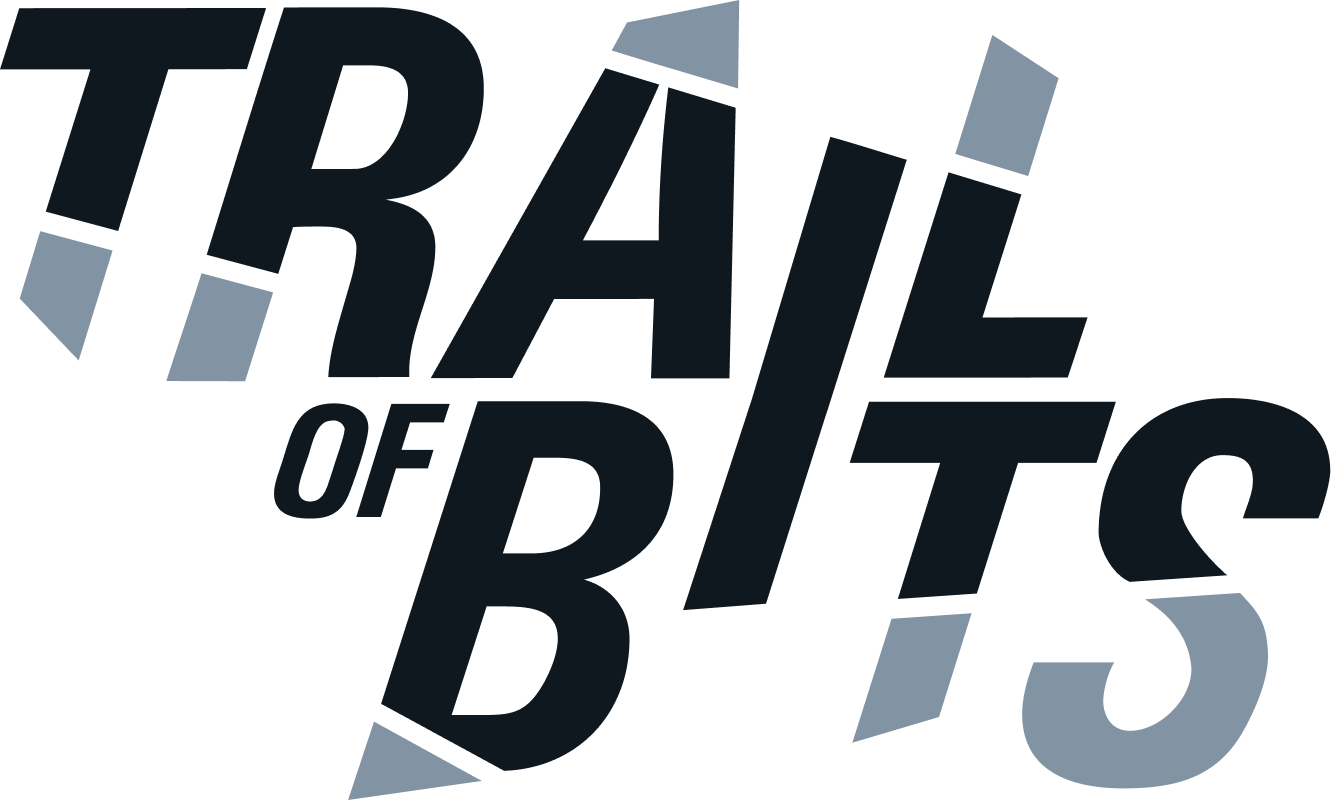Czwartek, 30.01.2025 18:00
Maria Lowas-Rzechonek
ABAC-like - implementing a policy-based access control in Django
Django comes with its own access control system based on permissions. But sooner or later, business requirements force us to implement more and more complicated ifs to handle a business logic on top of Django perms, sometimes to the point that we lose control over it.
I want to talk about implementing a policy-based access control in a Django app that provides a central point to manage such requirements in a consistent way. It doesn’t fight the framework, but uses its power, and it’s easily extendable.
Sebastian Buczyński
Programista zoptymalizował aplikację ale nikt mu nie pogratulował bo była w Pythonie 😞
Wokół tematu wydajności w Pythonie narosło wiele mitów. Rozwiejmy te fałszywe przekonania opierając się na twardych danych.
Porozmawiajmy jak być lepszym inżynierem oprogramowania w ciągle zmieniającym się świecie, wymagającym podejmowania decyzji i balansowania między różnymi wymaganiami.

Prelegenci
Maria Lowas-Rzechonek
I’ve graduated from philosophy and social science. True to Zed A. Shaw advice from Learn Python the Hard Way, I entered the tech world as an anthropologist with barely enough of the local language to get around and survive*. And there I stayed. My next step led me to the Django Girls community - first as an attendee, then as a couch, committer and organizer. Currently, I’m working as a Python developer at Talixo.
In my free time, I’m involved in the extreme sports of mountain hiking with kids and dancing flamenco.

Sponsorzy spotkania

Since 2012, Trail of Bits has helped secure some of the world’s most targeted organizations and products. They combine high-end security research with a real-world attacker mentality to reduce risk and fortify code.
See their website, blog and publications repository.
Thanks to Trail of Bits we will have pizza in break between talks!









